Curious Questions: Who is Maris Piper?
The Maris Piper has become Britain's best-loved potato (hush, King Edward fans) — but where did it get its curious name? Eleanor Doughty investigates, while Toby Keel takes a look at where King Edward potatoes got their name.
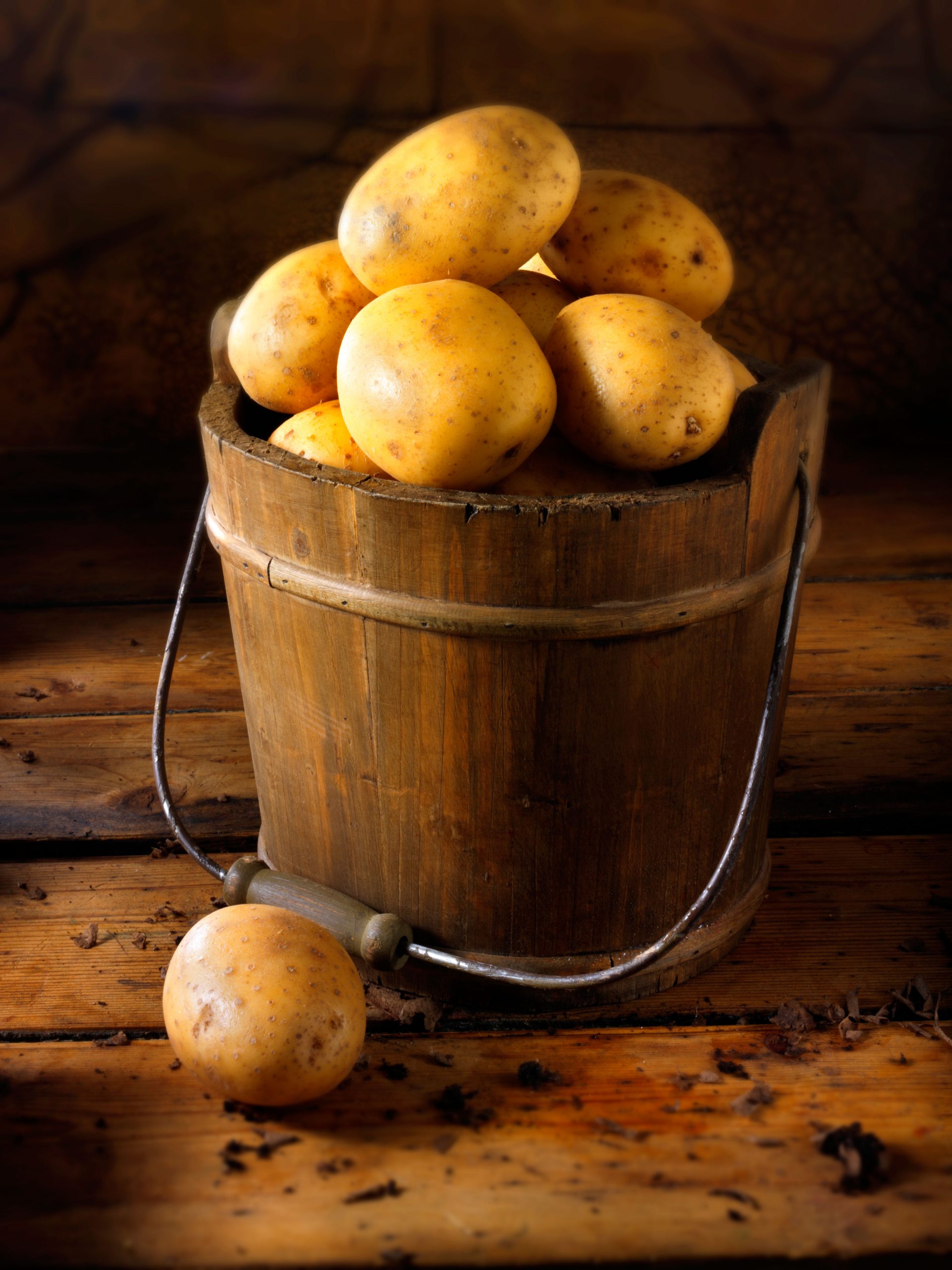
Her name is as familiar as any philosopher’s. She has been invoked time after time in supermarket aisles, cookery books and in a text from my mum: ‘Maris Pipers, 220˚F, bit of salt.’
Yet who is she? Who exactly is — or was — Maris Piper?
The answer, it turns out, is less exciting than I had initially imagined. There I was, hoping for some kind of potato celebrity — a wholesome country hostess, perhaps, wearing a pinny, her sleeves rolled up, flour on her nose — but no. Maris Piper is not real. She was never a person—at least, the potato wasn’t named after anyone. (There may, I accept, have been someone in British history called Maris Piper, somewhere.)
The truth is that, in 1956, workers at the Plant Breeding Institute in Cambridge were crossing potato breeds, when they were successful with what we now know as the Maris Piper, an oblong, smooth-skinned potato that launched a decade later. The name was derived from two elements: the first from Maris Lane in Trumpington, the location of the institute, and the second, Piper, chosen by the breeder H. W. Howard’s son.
Still, I like to think that Maris Piper, the woman, accompanies me as I peel my potatoes.
Maris Piper’s identity revealed, what about the other iconic potato, the King Edward? Was it handed to the humble spud by a monarch in person, as with sirloin beef? And if so, did it come from old Longhshanks himself, or a subsequent king?
The answer — according to Redcliffe Salaman's seminal work The History and Social Influence of the Potato— is rather more prosaic, and distinctly less royal.
Sign up for the Country Life Newsletter
Exquisite houses, the beauty of Nature, and how to get the most from your life, straight to your inbox.
The potato was bred by a Northumberland gardener, who called it Fellside Hero, was picked up by a grower in Yorkshire, and eventually came to the attention — via a Manchester potato merchant — of Mr J Butler of Scotter, who saw potential and planted 50 acres of the spud. A potato merchant named Paxten suggested the royal name, and the rest is history — a history that made Butler rich as the potato became the most popular in the country.
Not only did the potato’s original creator never see a penny, his name isn’t even recorded in history, as Salaman records: ‘Bred by an amateur, chance dictated its birth, a native flair its survival, and the juggling of names its successful debut,’ he laments, yet another example of marketing trumping product.
Additional reporting by Toby Keel
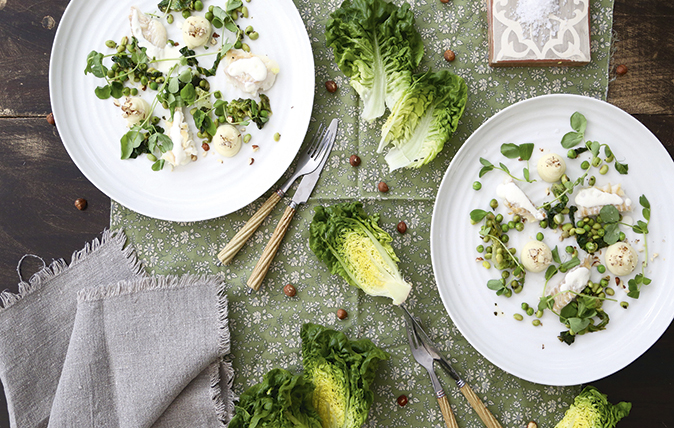
Pan-fried cod with hazelnut mash and braised lettuce with peas and soya beans
Nothing compares to the soft, floppy leaves of a homegrown British lettuce.

Credit: Jack Spicer Adams
How to make Spring roast lamb with maple yoghurt marinade, and maple-glazed roast potatoes
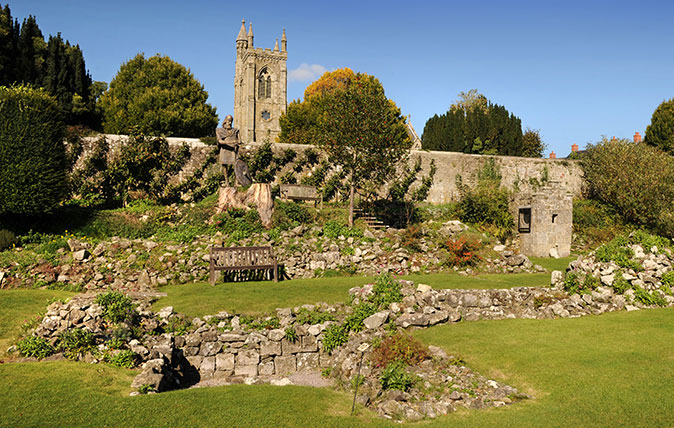
Credit: Alamy
Jason Goodwin: 'I was outraged. The bones of a king I’d barely heard of five minutes earlier had been spirited away – by foreigners!'
Our columnist takes a trip which sees him discover tales of murder, treason, desecration – and some rather pleasant gardens.
-
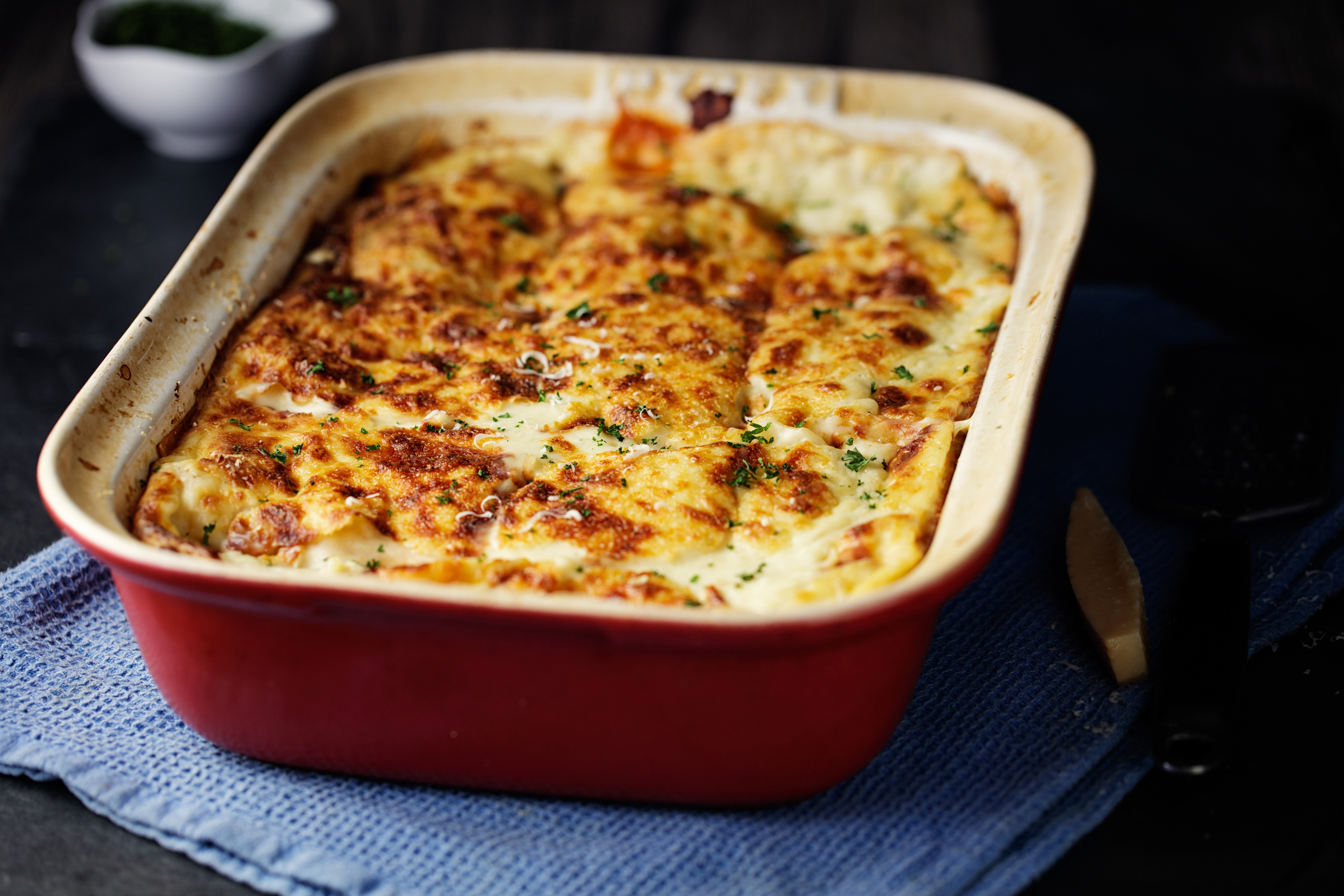 'Monolithic, multi-layered and quite, quite magnificent. This was love at first bite': Tom Parker Bowles on his lifelong love affair with lasagne
'Monolithic, multi-layered and quite, quite magnificent. This was love at first bite': Tom Parker Bowles on his lifelong love affair with lasagneAn upwardly mobile spaghetti Bolognese, lasagne al forno, with oozing béchamel and layered meaty magnificence, is a bona fide comfort classic, declares Tom Parker Bowles.
By Tom Parker Bowles
-
 Country houses, cream teas and Baywatch: Country Life Quiz of the Day, April 24, 2025
Country houses, cream teas and Baywatch: Country Life Quiz of the Day, April 24, 2025Thursday's Quiz of the Day asks exactly how popular Baywatch became.
By Toby Keel
-
 Curious Questions: What is the greatest April Fool's prank ever played?
Curious Questions: What is the greatest April Fool's prank ever played?As April 1 looms, Martin Fone tells the tale of one of the finest stunts ever pulled off.
By Martin Fone
-
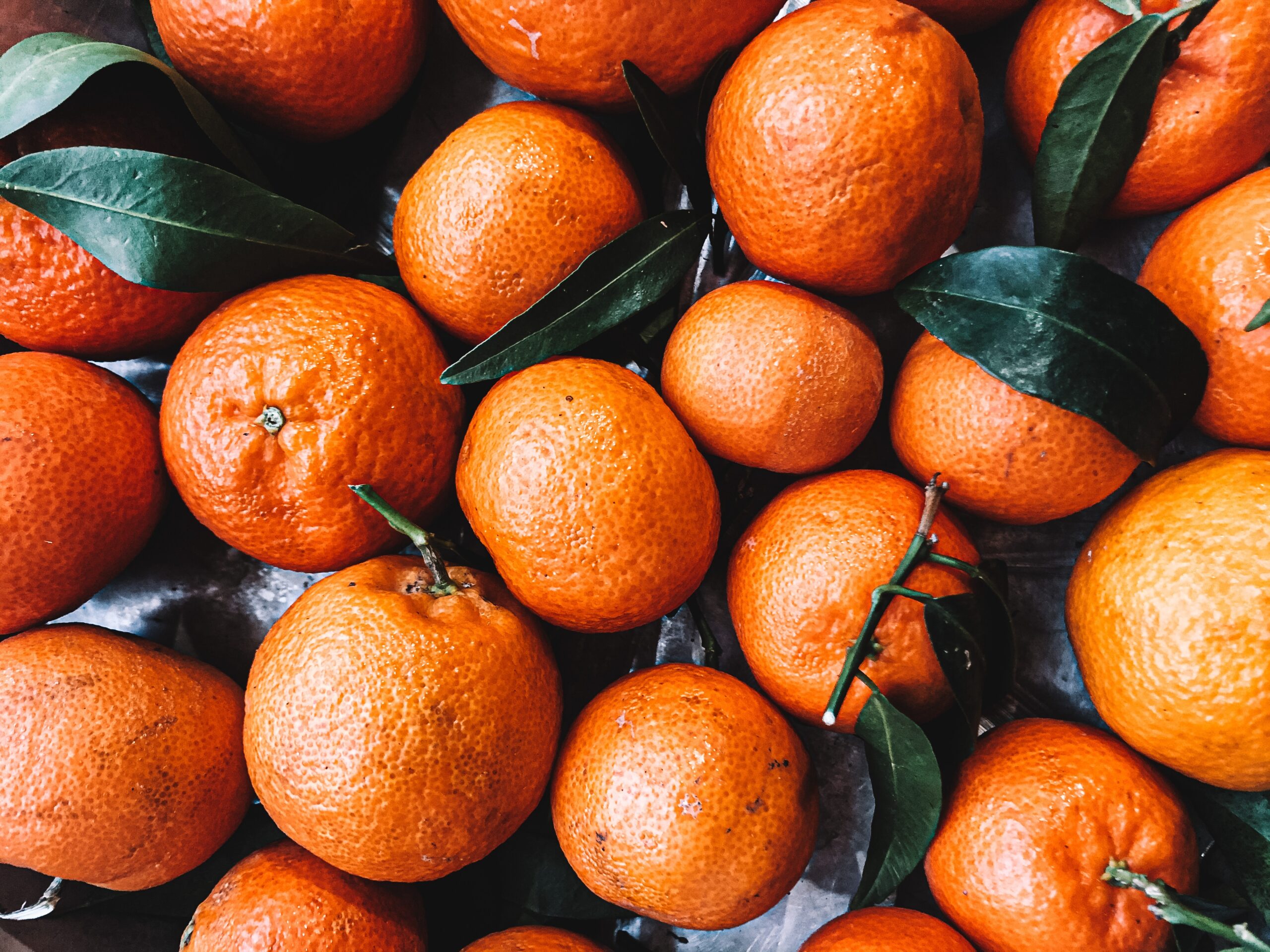 Curious questions: Why do we use Seville oranges to make marmalade?
Curious questions: Why do we use Seville oranges to make marmalade?Why do we use Seville oranges to make marmalade when there are more than 400 other varieties available worldwide? And do they really make the best preserve? Jane Wheatley investigates.
By Jane Wheatley
-
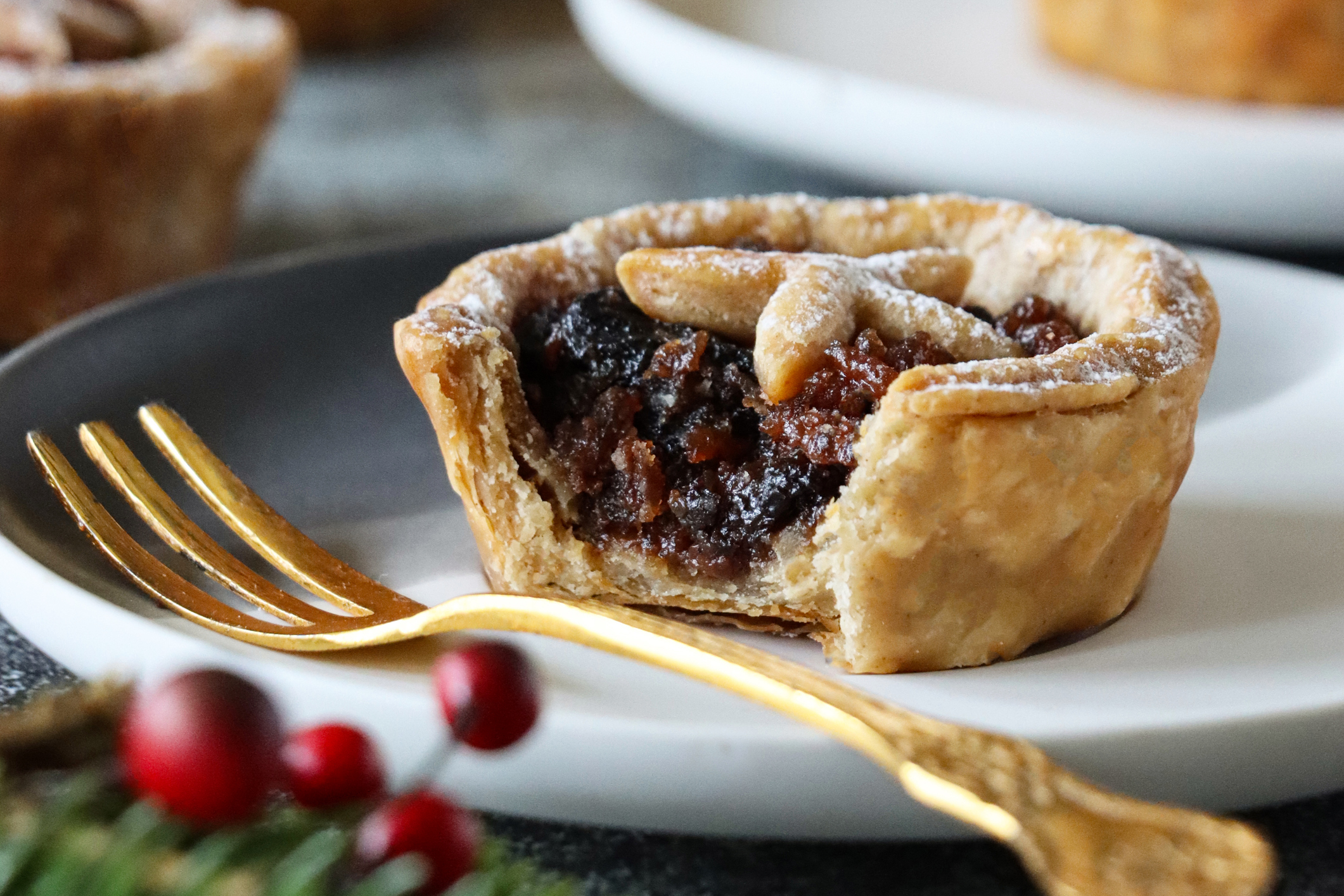 Mince pies really did once contain meat — and this Victorian recipe will convince you that they should to this day
Mince pies really did once contain meat — and this Victorian recipe will convince you that they should to this dayOnce packed with meat, such as ox tongue and mutton, alongside dried and candied fruit and extravagant spices, the mince pie is not what it once was — and food historian Neil Buttery says that's made them worse.
By Neil Buttery
-
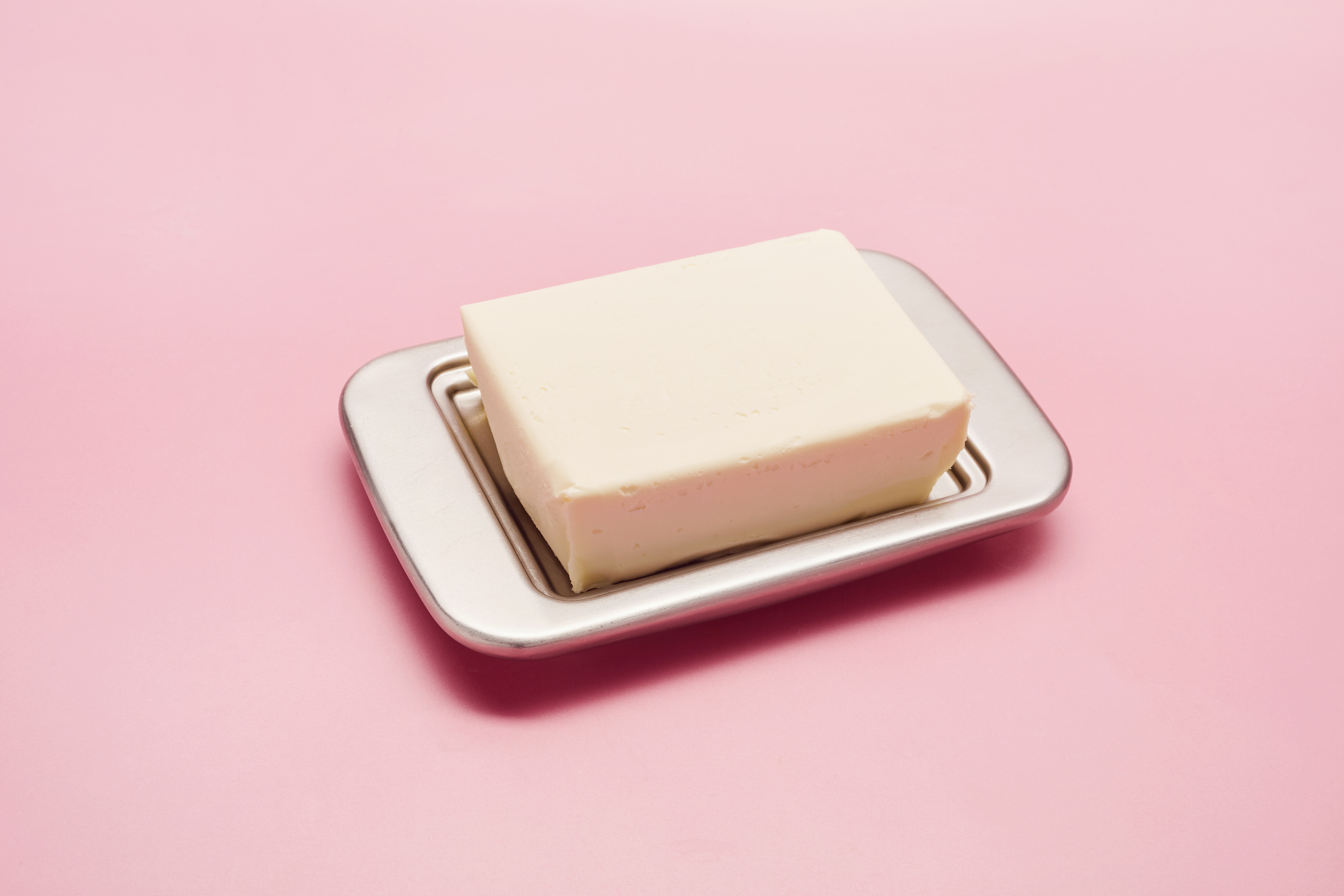 Curious Questions: Margarine used to be pink — but why?
Curious Questions: Margarine used to be pink — but why?Margarine has been a staple of our breakfast tables for over a century, but it hasn't always had a smooth ride — particularly from the dairy industry, who managed to impose a most bizarre sanction on their easily-spreadable, industrially mass-produced rival. Martin Fone explains.
By Martin Fone
-
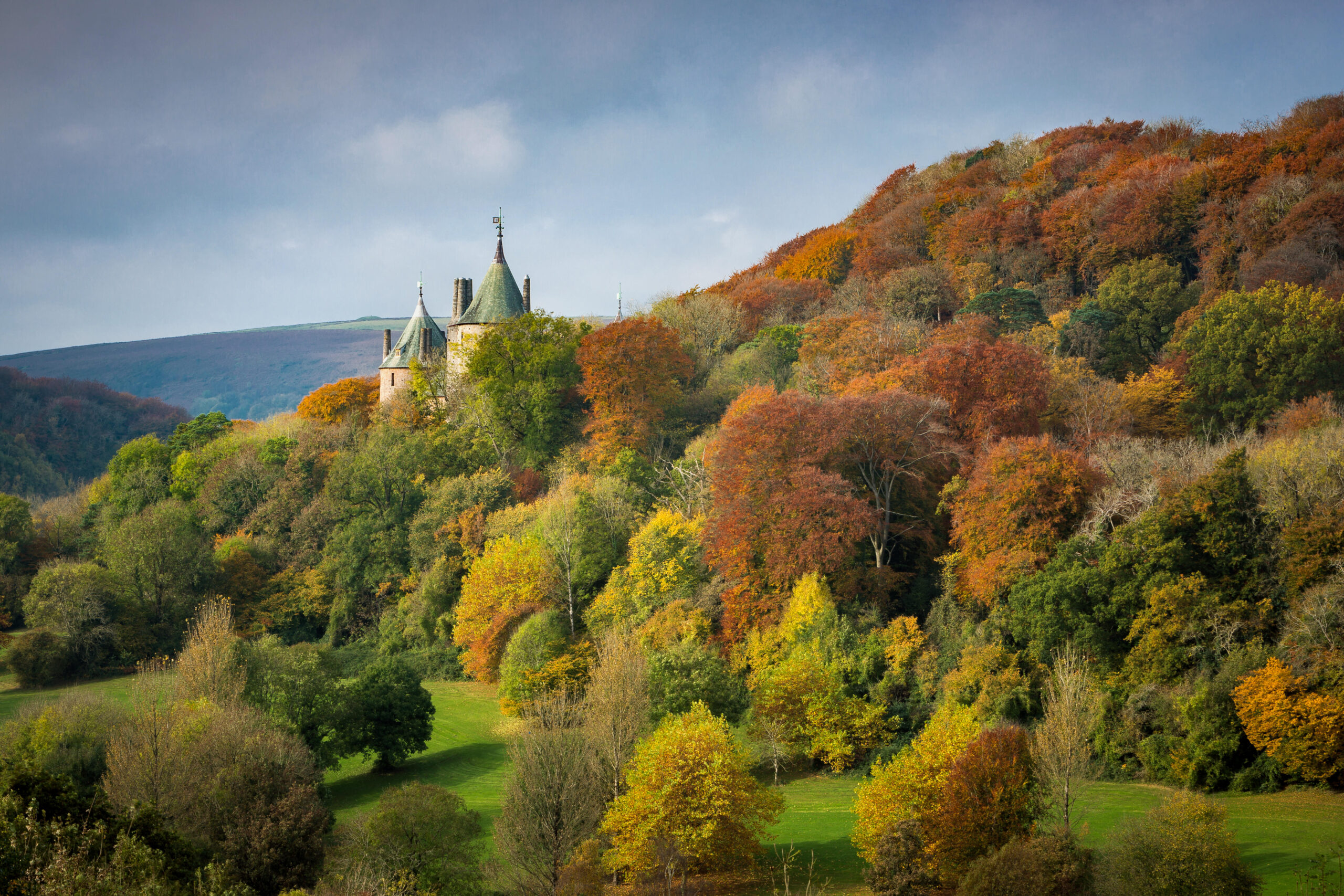 Curious Questions: Wine has been made in Britain for over 1,000 years — so why have we only just turned it into an industry?
Curious Questions: Wine has been made in Britain for over 1,000 years — so why have we only just turned it into an industry?With the UK wine industry booming, Martin Fone takes a look at its history.
By Martin Fone
-
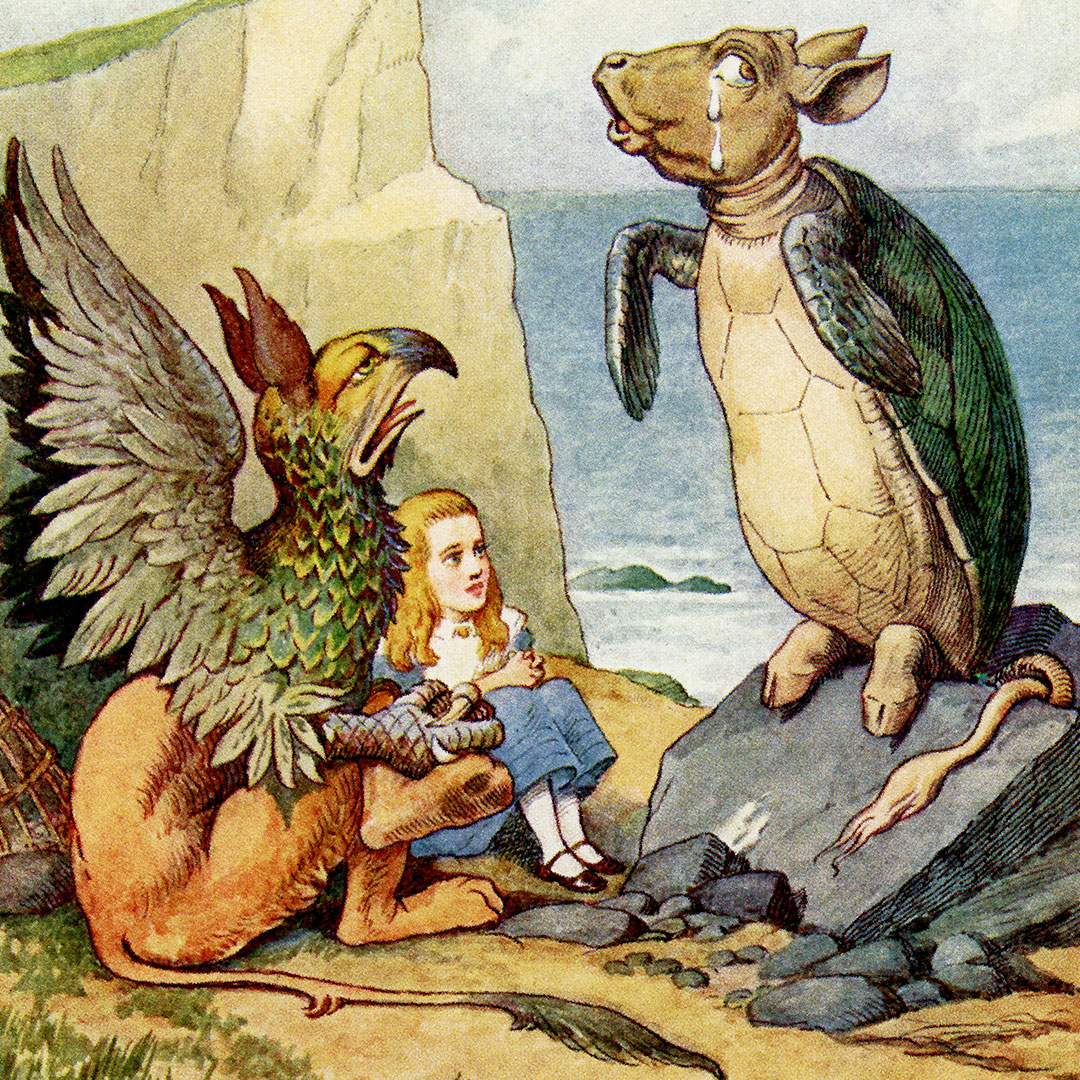 Curious Questions: What is mock turtle soup? And did it come before or after 'Alice in Wonderland'?
Curious Questions: What is mock turtle soup? And did it come before or after 'Alice in Wonderland'?Martin Fone delves into the curious tale of an iconic Victorian delicacy: mock turtle soup.
By Martin Fone
-
 A game of two halves — how the sandwich went from humble fare to a country-wide lunchtime obsession
A game of two halves — how the sandwich went from humble fare to a country-wide lunchtime obsessionWhat started life as a way to eat and play cards at the same time (so the story goes) is now the lunch of choice for the working world.
By Emma Hughes
-
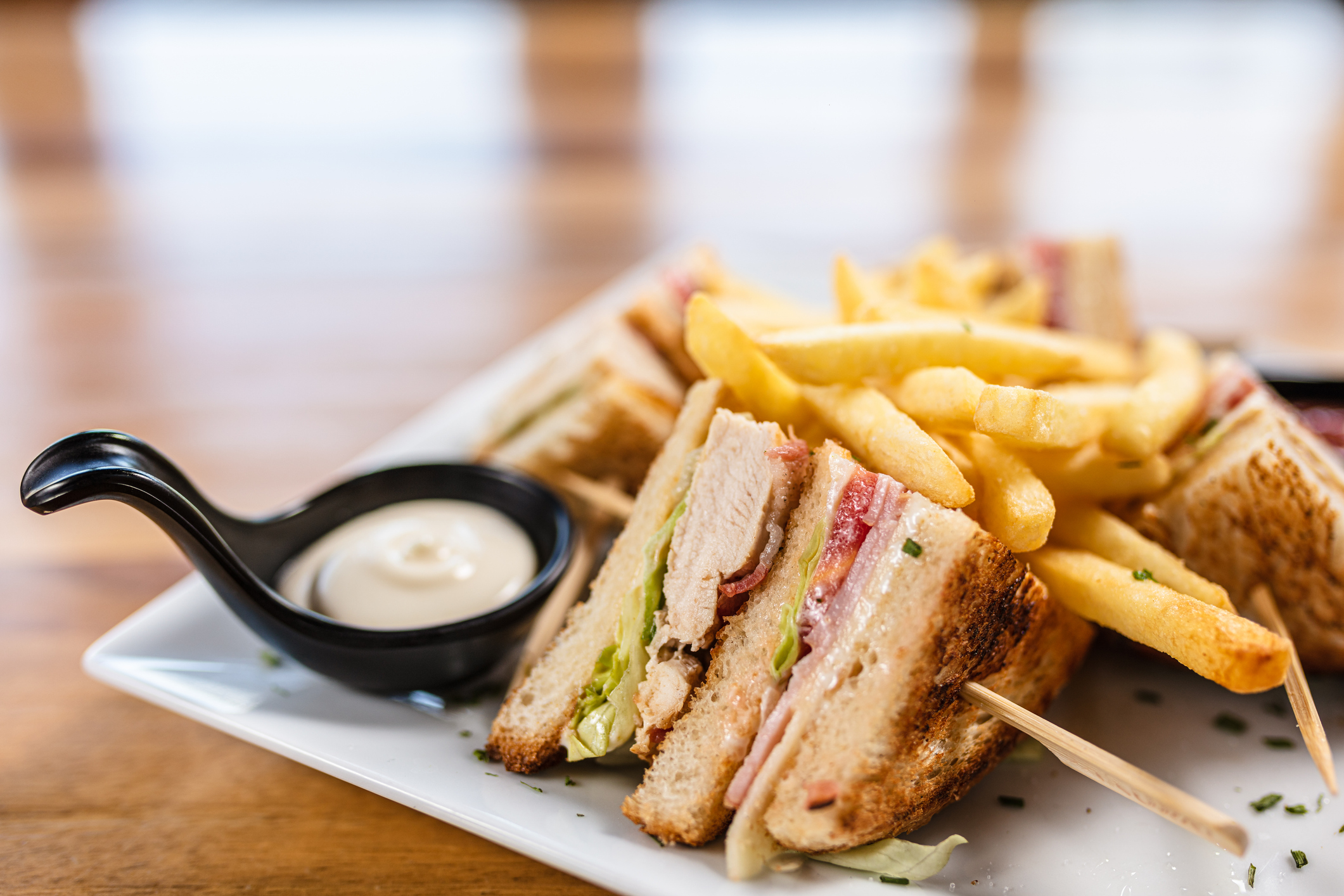 Where to find the world's best club sandwich — and the story of this triple-layered paean to poolside delight
Where to find the world's best club sandwich — and the story of this triple-layered paean to poolside delightThe club sandwich, arguably the most famous of all sarnies, is a poolside staple, but its origins are tricky to trace, says Tom Parker Bowles.
By Tom Parker-Bowles